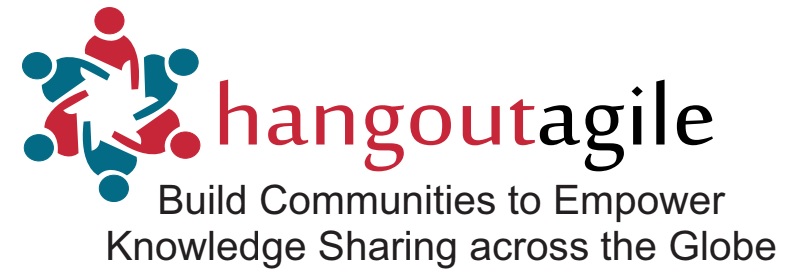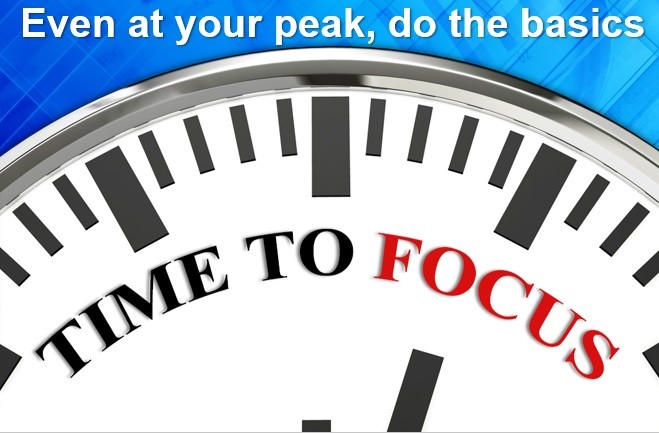If I recollect about the World Cup 1996 – World Cup 2003: It is during the period from 1996 to 2003 that Sachin Tendulkar achieved the status of “God of Cricket”. Bowling lineups around the world shook at the sight of this 5-foot 3-inch lad walking on to the pitch. Tendulkar smashed centuries after centuries, tearing apart oppositions with relative ease. To add to this, the burden on him was constantly increasing with the retirement of key players. He went on to become the highest run scorer in all formats of the game and surpassed multiple records on the way. All through, there was one nothing that never changed – the practice regime. Sachin remained the one person who’d hit more balls in the nets than everybody else, even a decade into the game, because he strongly believe in it “Even at your Peak, do the Basics”
What is Agile?
*Agile. A term used to describe a mindset* of values* and principles* as set forth in the Agile* Manifesto*
Yes, Agile* is a mindset* defined by values*, guided by principles*, and manifested* through many different practices*. Agile Practitioners select practices*based on their needs.
*Mindset. A habitual or characteristic mental attitude that determines how you will interpret and respond to situations
*Values. Beliefs of a social group in which they have an emotional investment (either for or against something)
*Principles. A basic generalization that is accepted as true and that can be used as a basis for reasoning or conduct
*Manifesto. A public declaration of intentions
*Practice. A specific type of professional or management activity* that contributes to the execution of a process* and that may employ one or more techniques* and tools*.
*Process. A set of interrelated actions and activities performed to achieve a specified set of products*, results*, or services*.
*Technique. A defined systematic procedure* employed by a human resource* to perform an activity* to produce a product* or result* or deliver a service*, and that may employ one or more tools*
*Tool. Something tangible, such as a template or software program, used in performing an activity* to produce a product* or result*.
*Activity. An element of work performed during the course of a project*. An activity normally has an expected duration, an expected cost, and expected resource requirements. Activities are often subdivided into tasks.
*Project. A Project is a temporary endeavor undertaken to create a unique product*, service* or result*.
*Product. An artifact* that is produced, is quantifiable, and can be either an end item in itself or a component item. Additional words for products are materiel and goods. Contrast with result* and service*.
*Component. An artifact that is one of the individual parts of which a composite entity is made up; especially a part that can be separated from or attached to a system*
*System. A System* is a collection of various components* that together can produce results not obtainable by the individual components alone. The interaction of the various system components creates the organization culture and capabilities.
*Artifact. A hand-made object, or other result of human activity such as a design or document.
*Result. An output from performing project management processes* and activities*. Results include outcomes (e.g., integrated systems, revised process, restructured organization, tests, trained personnel, etc.) and documents (e.g., policies, plans, studies, Procedures, specifications, reports, etc.). Contrast with product* and service*.
*Service. Useful work performed that does not produce a ta tangible product* or result*, such as performing any of the business functions supporting production or distribution. Contrast with product* and result*.
*Procedure. A series of steps followed in a regular definitive order to accomplish something
*Resource. Skilled human resources* (specific disciplines either individually or in crews or teams), equipment, services*, supplies, commodities, materiel, budgets, or funds.
*Template. A partially complete document in a predefined format that provides a defined structure for collecting, organizing and presenting information and data. Templates* are often based upon documents created during prior projects. Templates can reduce the effort needed to perform work* and increase the consistency of results.
*Work. Sustained physical or mental effort, exertion, or exercise of skill* to overcome obstacles and achieve an objective*.
*Skill. An ability that has been acquired by training OR Ability to produce solutions in some problem domain
*Objective. Something toward which work* is to be directed, a strategic position to be attained, or a purpose to be achieved, a result* to be obtained, a product* to be produced, or a service* to be performed.
*Discipline. System* of rules* of conduct OR method of practice or The trait of being well behaved OR Training to improve strength or self-control OR Develop behavior by instruction and practice; especially to teach self-control
Post analysis of What I stated on top, What do you think? Is Agile* an approach*? a Method*? a Methodology*? a Practice*? a Technique*? or a Framework*?
- *Approach. Ideas or actions intended to deal with a problem or situation
- *Method. A Particular procedure* for accomplishing or approaching something, especially a systematic or established one. We can also define it as A particular way of doing something
- *Methodology. A system of practices*, techniques*, procedures*, and rules used by those who work in a discipline*.
- *Practice: A specific type of professional or management activity* that contributes to the execution of a process* and that may employ one or more techniques* and tools*.
- *Technique. A defined systematic procedure* employed by a human resource* to perform an activity* to produce a product* or result* or deliver a service*, and that may employ one or more tools*
- *Framework. A basic system* or structure of ideas or facts that supports an approach*
I believe that “Approach*“ would be the best term to describe Agile* unless one of the other term is obviously more correct. Are You Agreeing with me?
You don’t get to the highest levels of achievement without having the basics in order.
If you really serious about learning Agile Kanban with Activities, Case Studies, Simulation, prepare a plan during the workshop/certification program and implement solutions for at least the Top-3 (Remember 80-20 Rules :-)) Challenges in your Project/Program & achieve the continuous improvement through Evolutionary Change. Please write to Nadia@diaame.com OR Call/WhatsApp +91 914 802 6666 to know more. You could also learn more about Agile through reading other blogs clickhttps://www.hangoutagile.com/blog Please also visit https://www.diaame.com/gallery/to view few of the last events
“Let the improvement of yourself keep you so busy that you have no time to criticize others.”
Always Choose a Passionate Professional as Your Trainer / Mentor / Guide/Coach & begin a relationship
!!! 🙂 HAPPY LEARNING 🙂 & !!!



